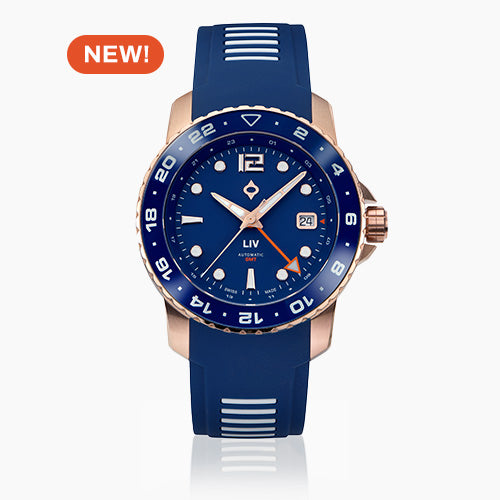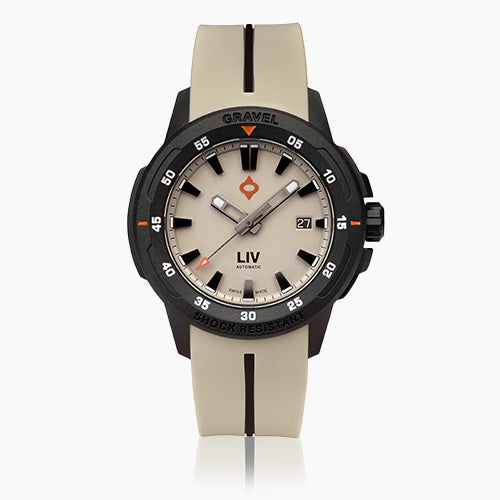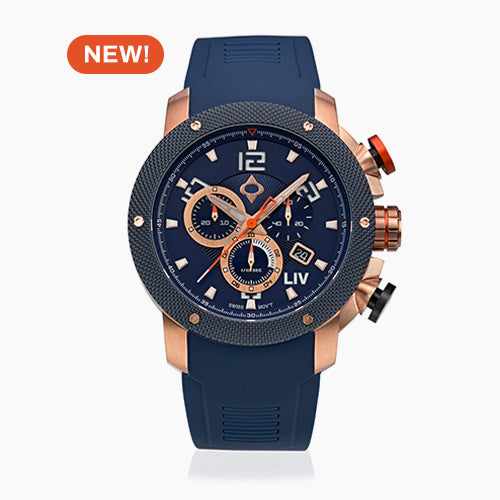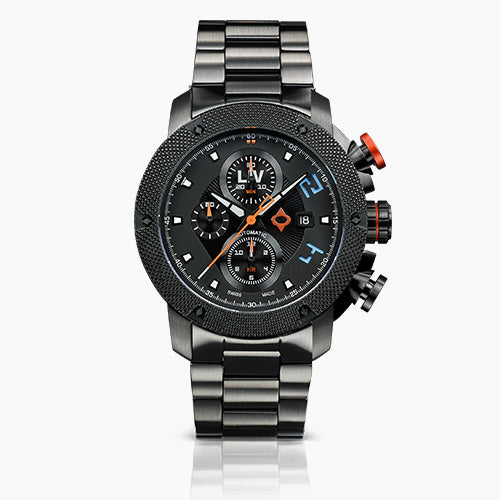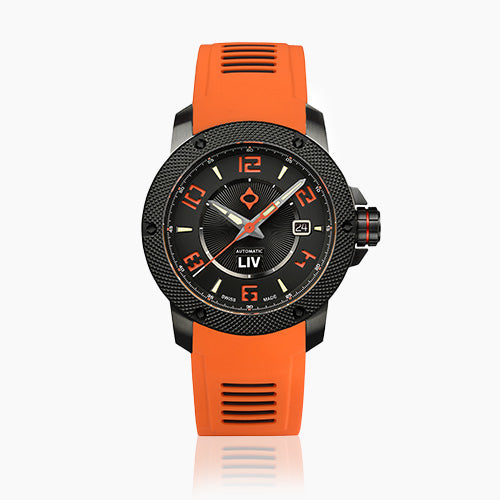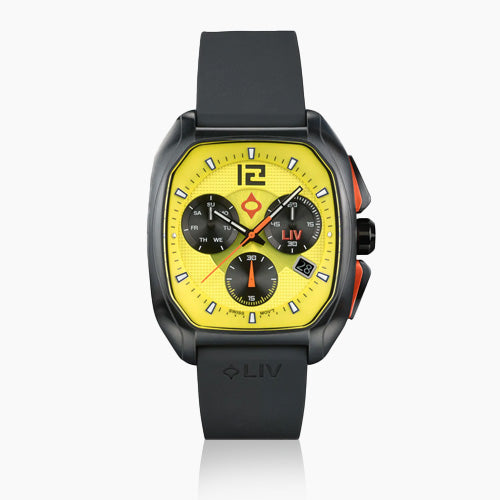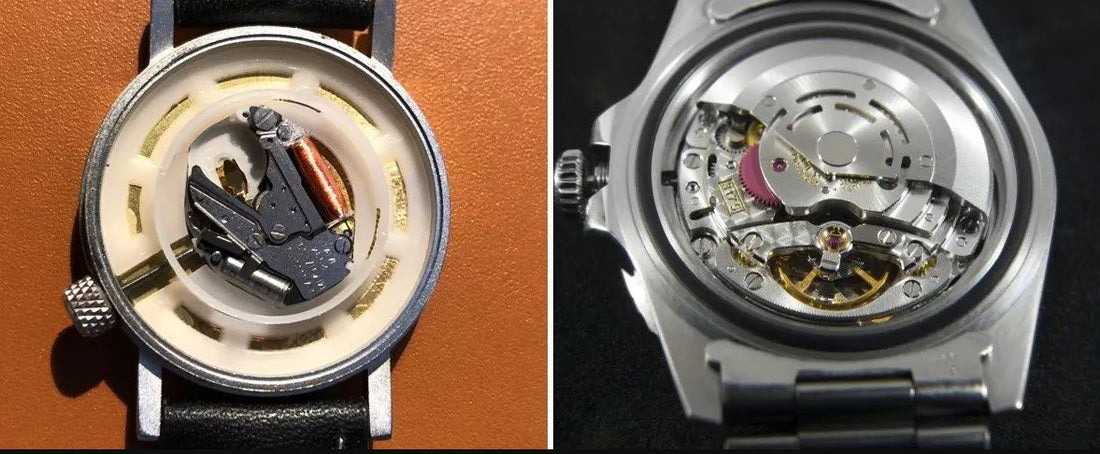
What's the difference between Mechanical and Quartz Watch Movements?
Share

What is the difference between a mechanical and quartz movement?
When considering any timepiece, thinking about the type of movement that's driving the watch is an excellent place to start. The movement in a watch is much like the engine in a car. It may be hidden from view but is the most critical part. At least if you want to go somewhere and tell time!
The two main types of watch movements are:
1. Mechanical
2. Quartz crystal, typically shortened to quartz
Regardless of the type of movement, the objective is the same, to drive the timekeeping functions and any related complications of the timepiece as accurately and reliably as possible.
Let’s take a look at the original mechanical movements first.
Mechanical watch movements
In all mechanical watches, a balance wheel and spring are used. The wheel oscillates at a consistent rate utilizing the force of the spring as it unwinds. This oscillation creates a back and forth motion which is similar to the movement of the pendulum.
Mechanical movements can be subdivided into two categories:
1. Manual-winding
2. Self-winding (automatic)
For a mechanical movement to work continuously, the spring needs to be wound periodically. In early watches, this was done manually, using what's called, the crown. The crown is connected to a geared shaft that winds the spring. For a manual-winding watch, the process hasn’t changed over the centuries; you turn the crown to wind the watch.
The first commercially available wristwatches incorporating the automatic mechanism were called 'bumpers' and were invented by British watch repairer, John Harwood. In this design, the movement of the wrist would spin a weighted rotor, which would turn a ratchet thereby winding the spring. This design is used to this day though has significantly evolved to a higher accuracy standard and improved durability.
Quartz crystal movements
You may be wondering what a crystal has to do with timekeeping. Well, the answer lies in a unique characteristic of the quartz crystal discovered in the 1950s. When an electrical current is applied, the crystal will vibrate at its resonance frequency, essentially making it an oscillator. In watches, this oscillation can be harnessed for timekeeping, thus replacing the role of the balance wheel and mainspring.
If you place a mechanical movement next to a quartz one, the difference is astonishing. The mechanical movement is a masterwork of micro-machining with literally hundreds of tiny parts being used to tell the time.
The quartz movement, by contrast, is rather unimpressive. There may be a gear or two but basically what you see are the battery and some electronic components. It looks like many other electronic gadgets and rightly so because it is one.
The success of the quartz movement is due to:
1. The low cost of production
2. Superior accuracy
3. No winding required
4. Can provide remarkable complications impossible with mechanical movements
Aside from being less costly to produce, the quartz watch has a particular advantage, maybe even the ultimate edge in the business of measuring time, and that's it’s superior timekeeping accuracy. These days, well-built mechanical watches may be extremely accurate, losing or gaining just a few seconds per day. However, the quartz watch can be accurate within a few seconds per year.
Can you tell the difference by looking at the watch?
There is a simple way to tell what’s ticking under a watch's “hood.” Assuming neither the dial nor case indicates the type, look at the second hand to determine what movement is used.
- If the hand moves in a smooth, continuous sweep, you are looking at a mechanical movement
- If the second hand moves in little steps, generally one second at a time, you are looking at a quartz movement
This variation is due to the way power is released to the hands. In a quartz movement, the energy is released in pulses based on the oscillation rate of the crystal. In the mechanical movement, the pulses are much less perceptible, 28,800 beats per hour for the ETA Valjoux 7750, resulting in a continuous sweep.
Quartz technology is improving, and the frequency of the crystal is being increased to better mimic the movement of a mechanical movement’s second hand. As these sophisticated quartz movements become common, this little trick will lose its effectiveness.
Which is the best movement?
The movement a person favors typically comes down to a preference between convenience or a “purist” view of watchmaking. Buyers who prefer convenience will gravitate to the automatic movement because it doesn’t require constant winding. For the purists who prefer the manual movement, it’s generally because it is the closest thing to the original watch design.
Since both types of movements have their pluses and minuses, you have to decide:
- What do you expect from your watch?
- How will it be used and what rigors will it experience?
- What functions (complications) do you want it to perform?
- Are you drawn to the elegance and marvel of micro-mechanical movements?
- Or, are you drawn to the more complex and varied functions a quartz watch can deliver?
The choice is yours. The best news of all is that you can buy watches with each movement type. Just be warned, that’s how many are drawn into the fantastic world of horology and watch collecting.



